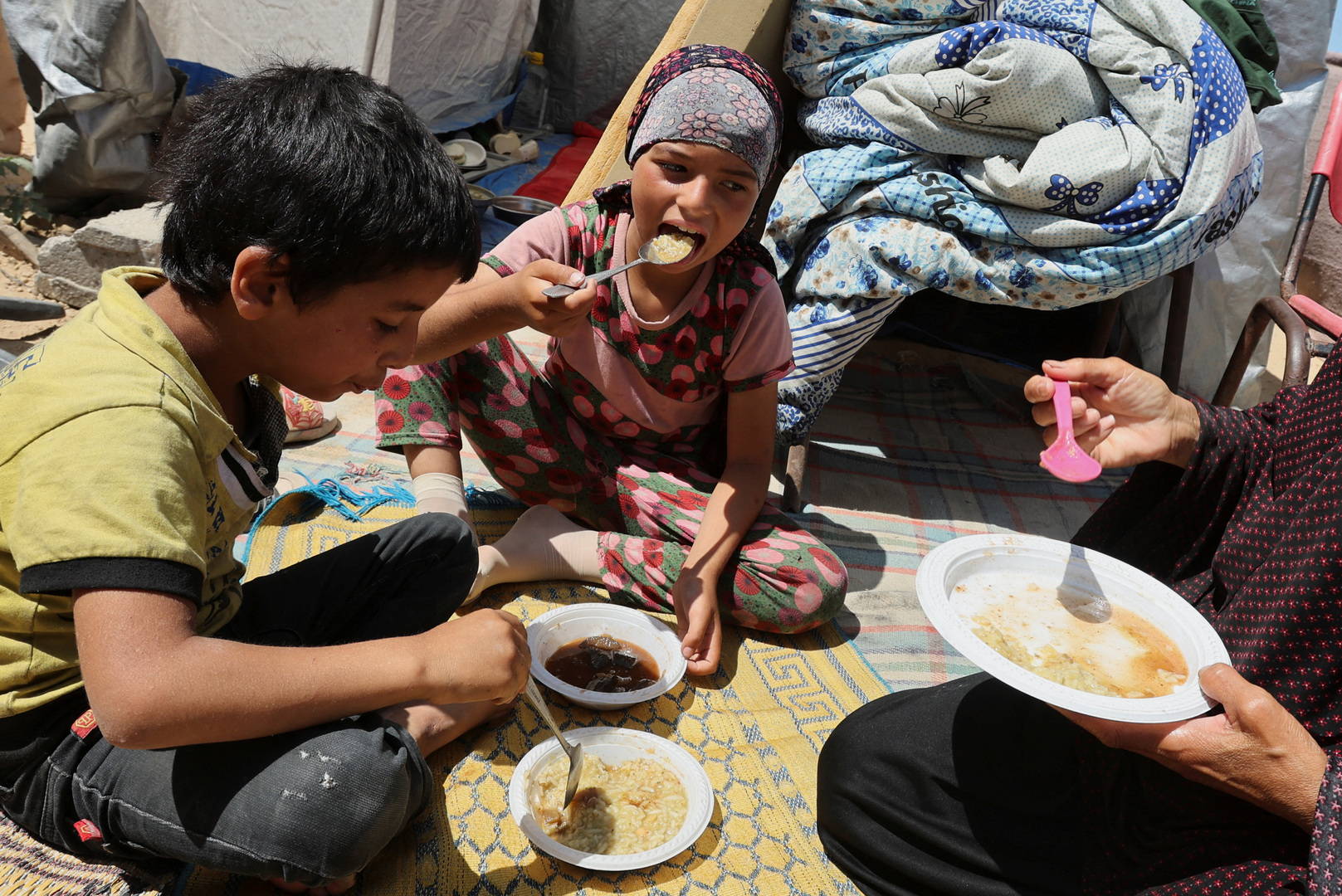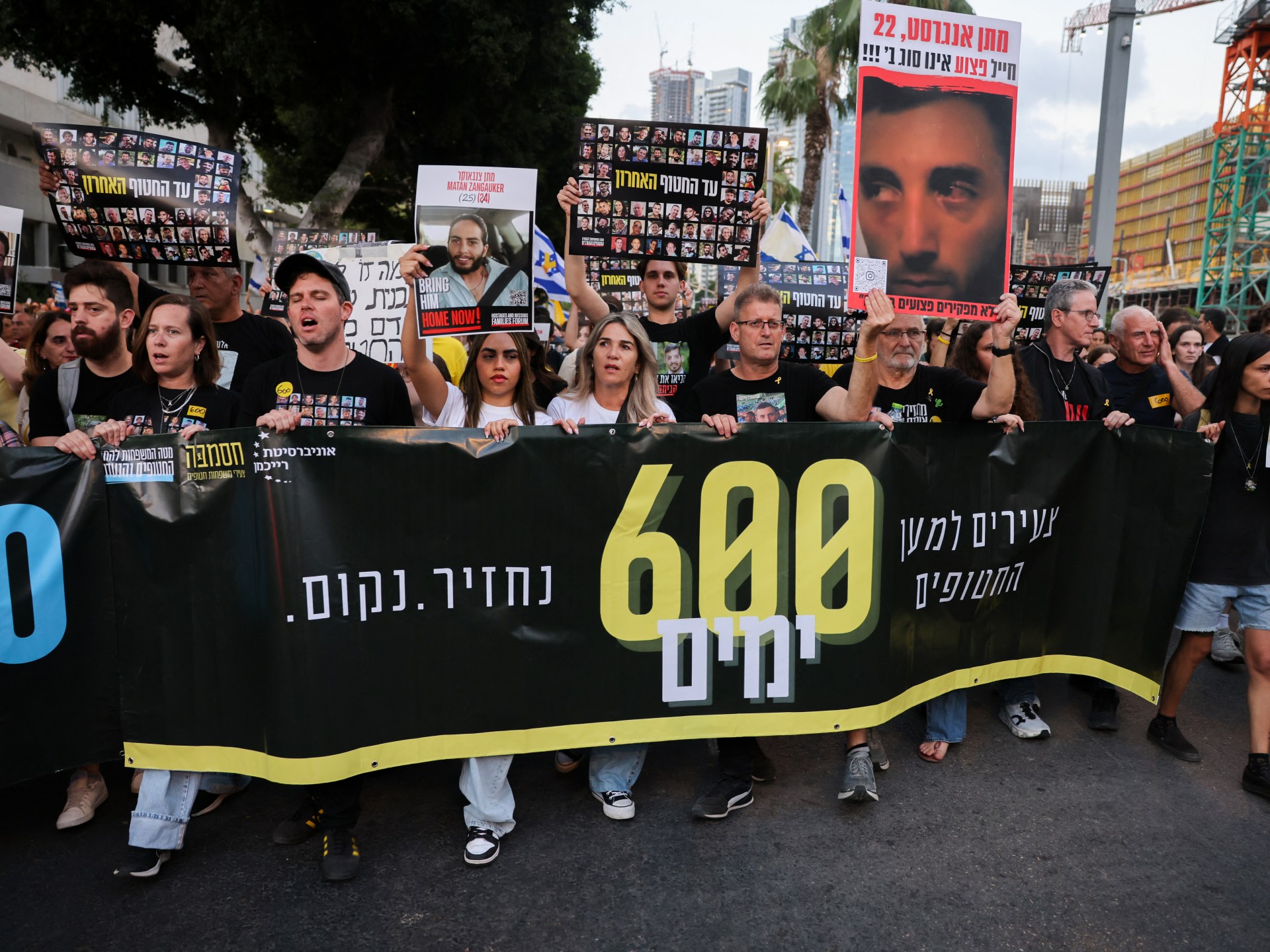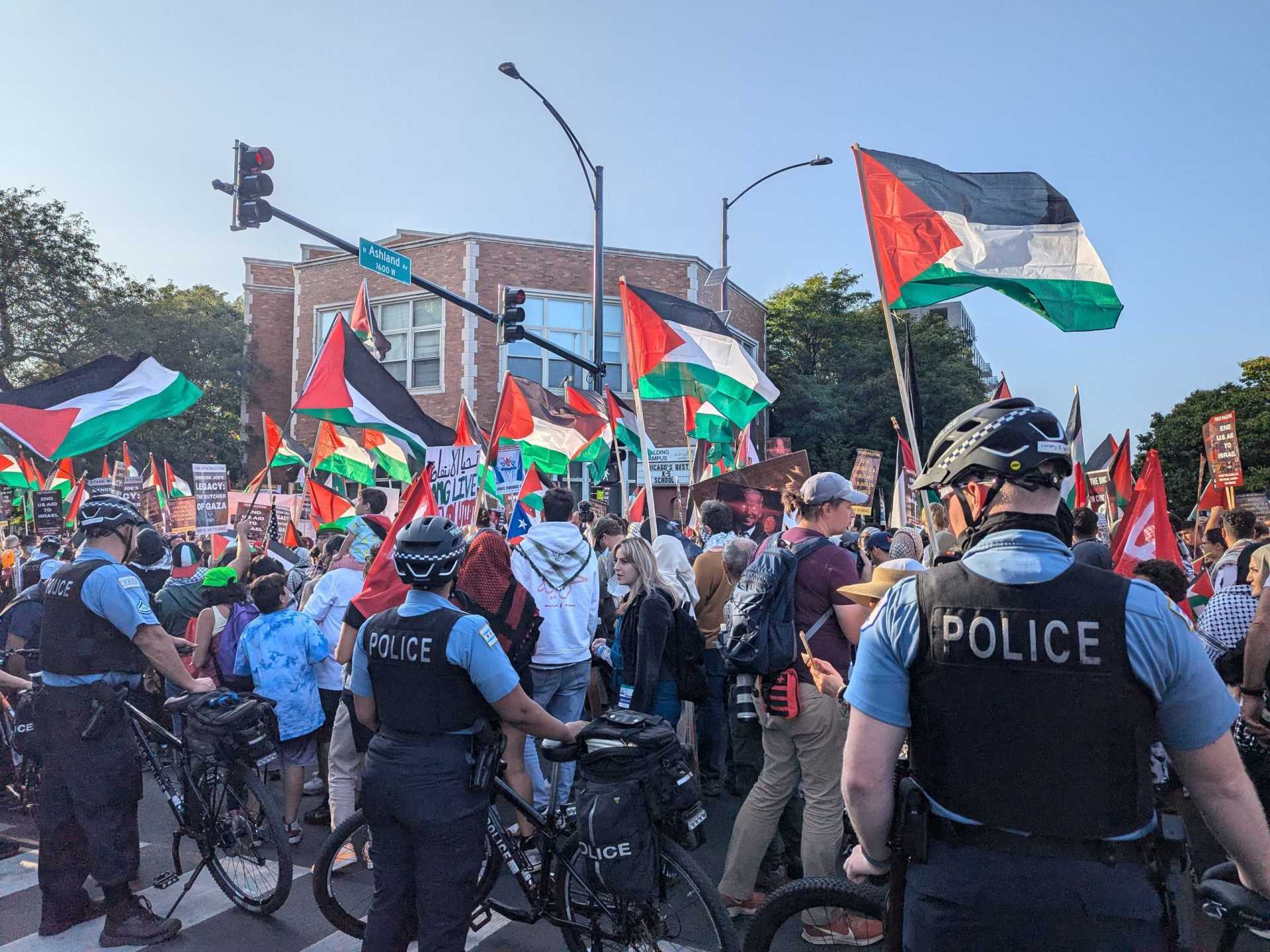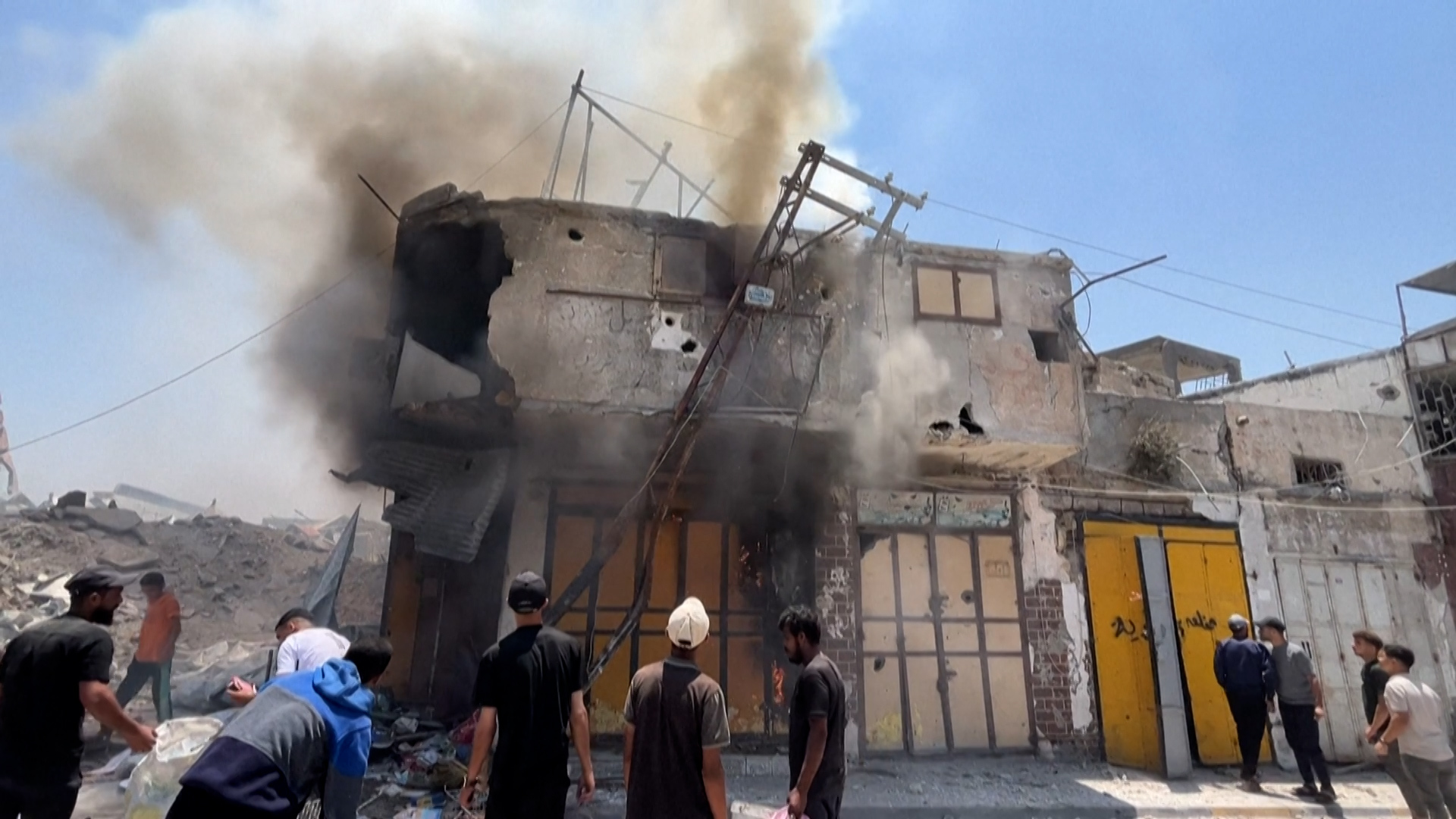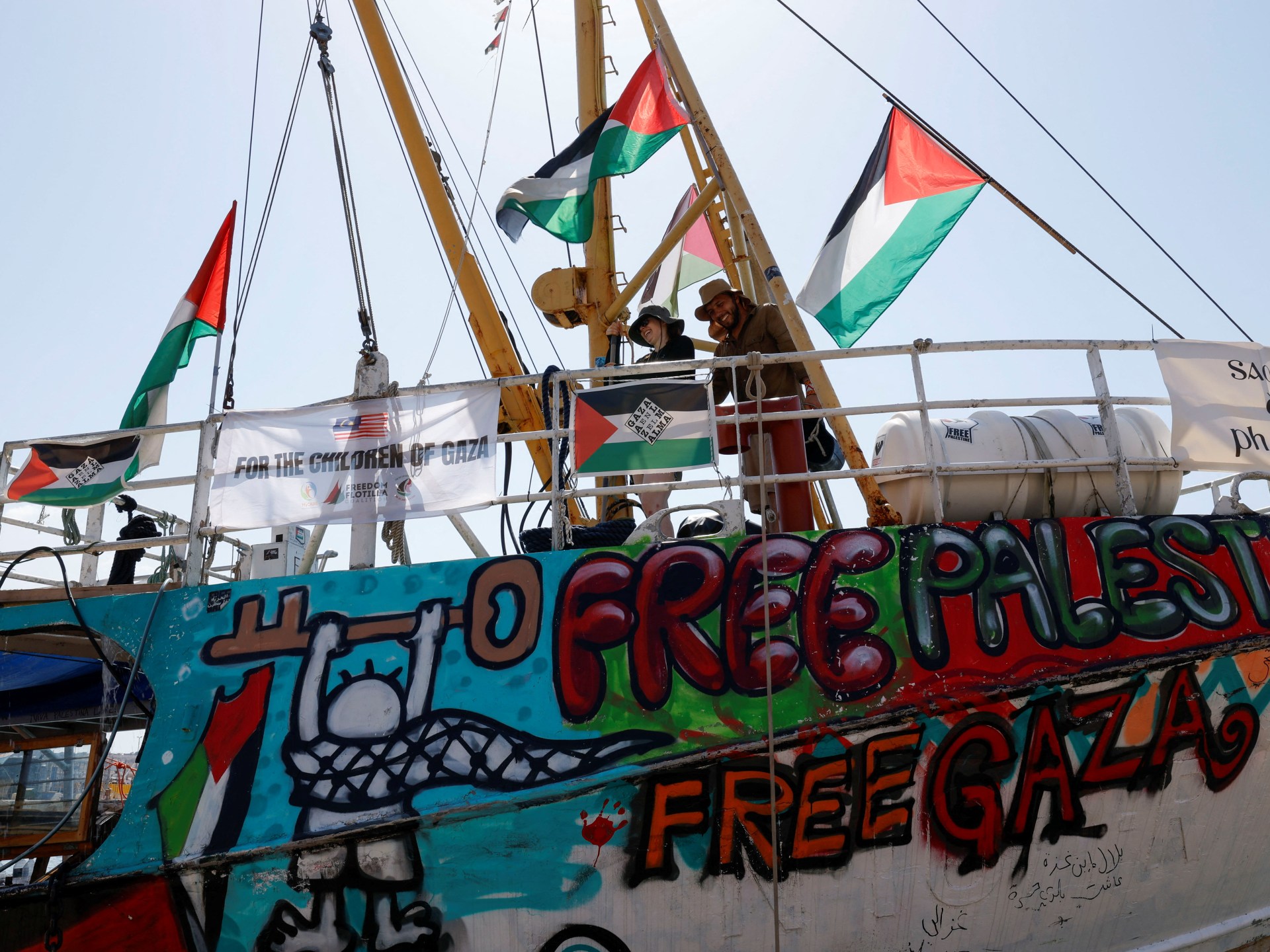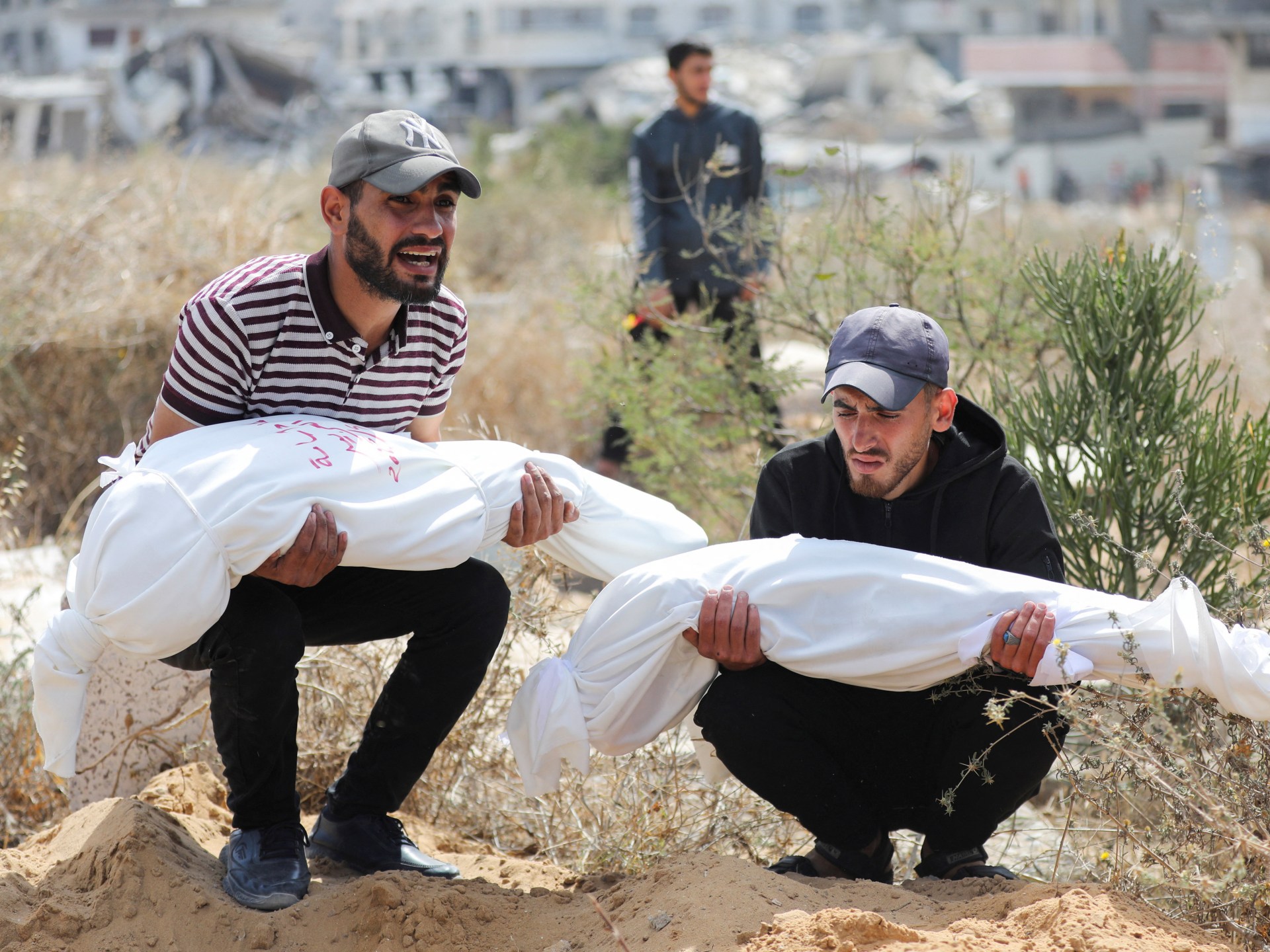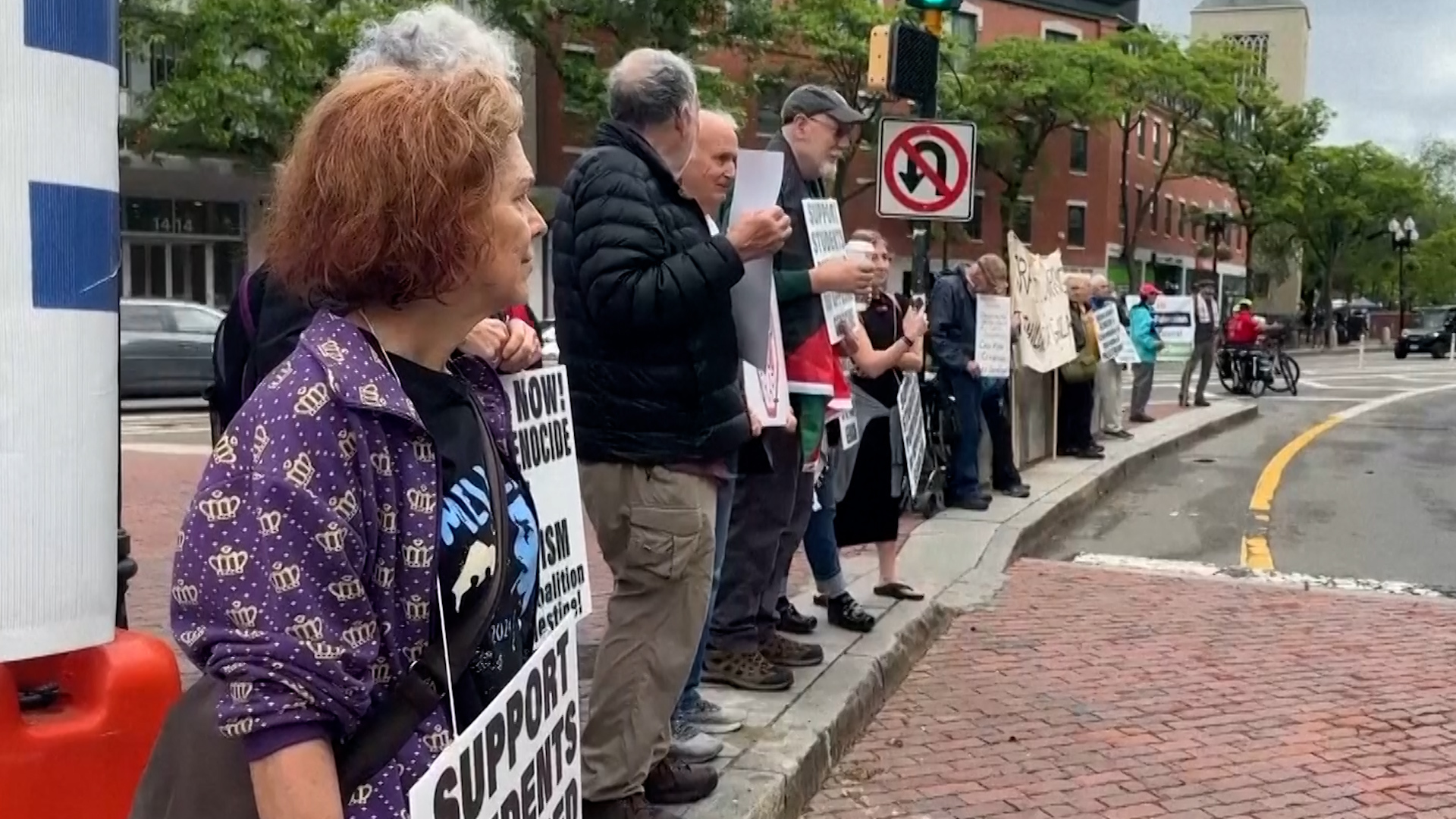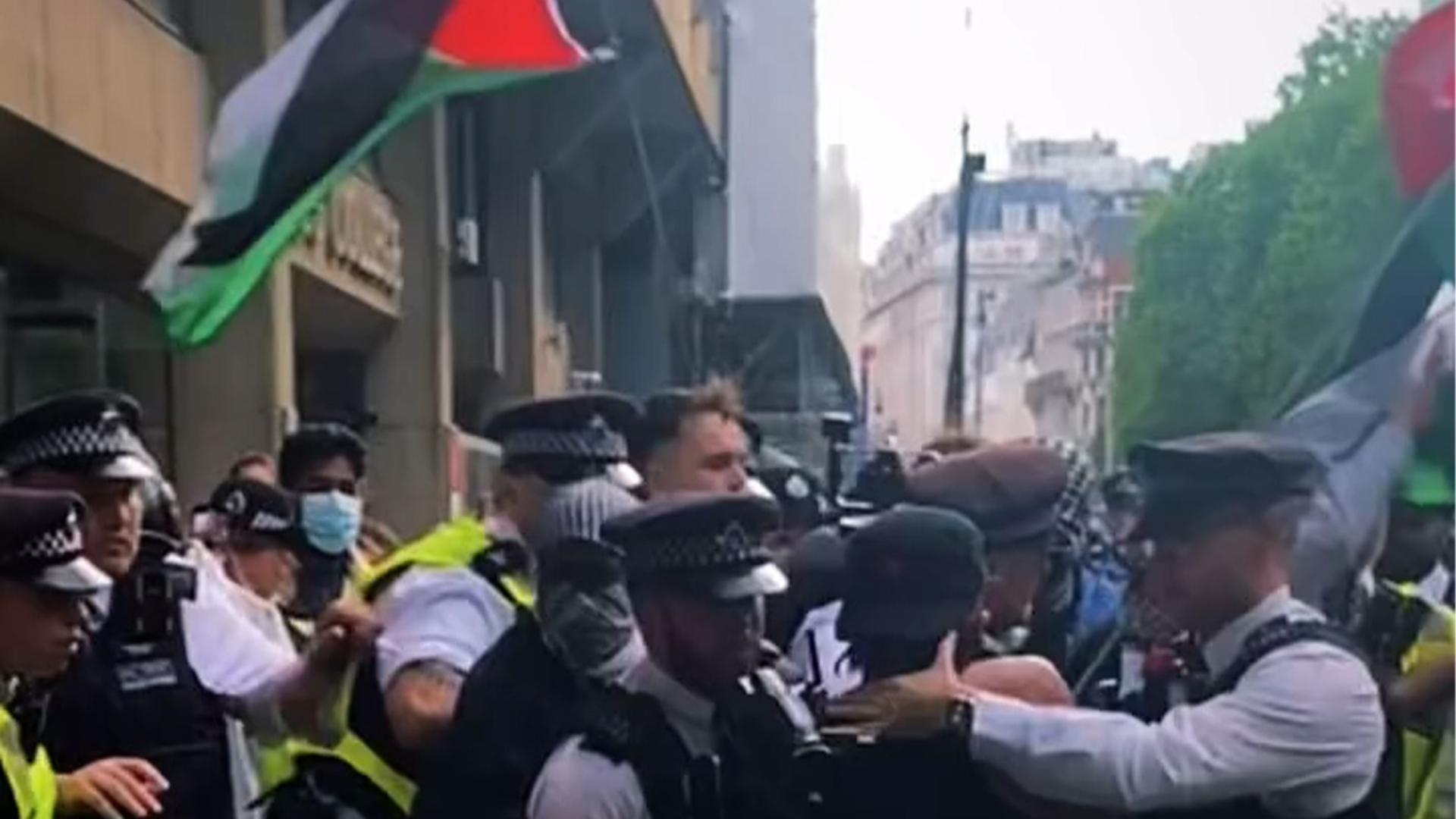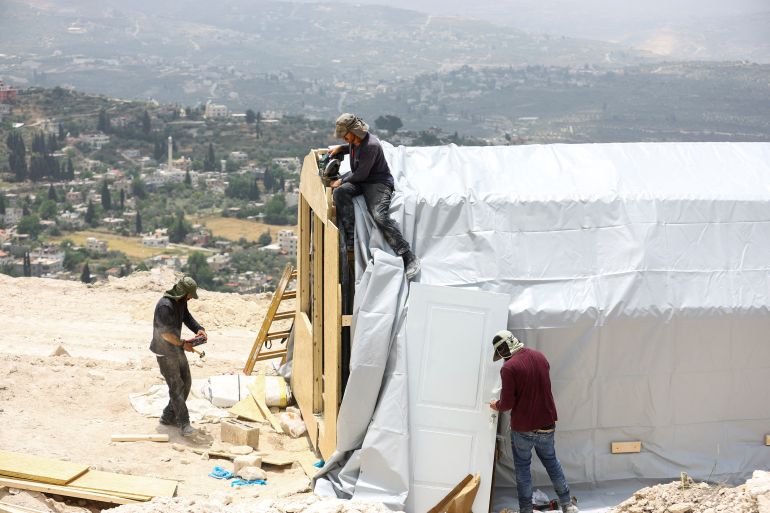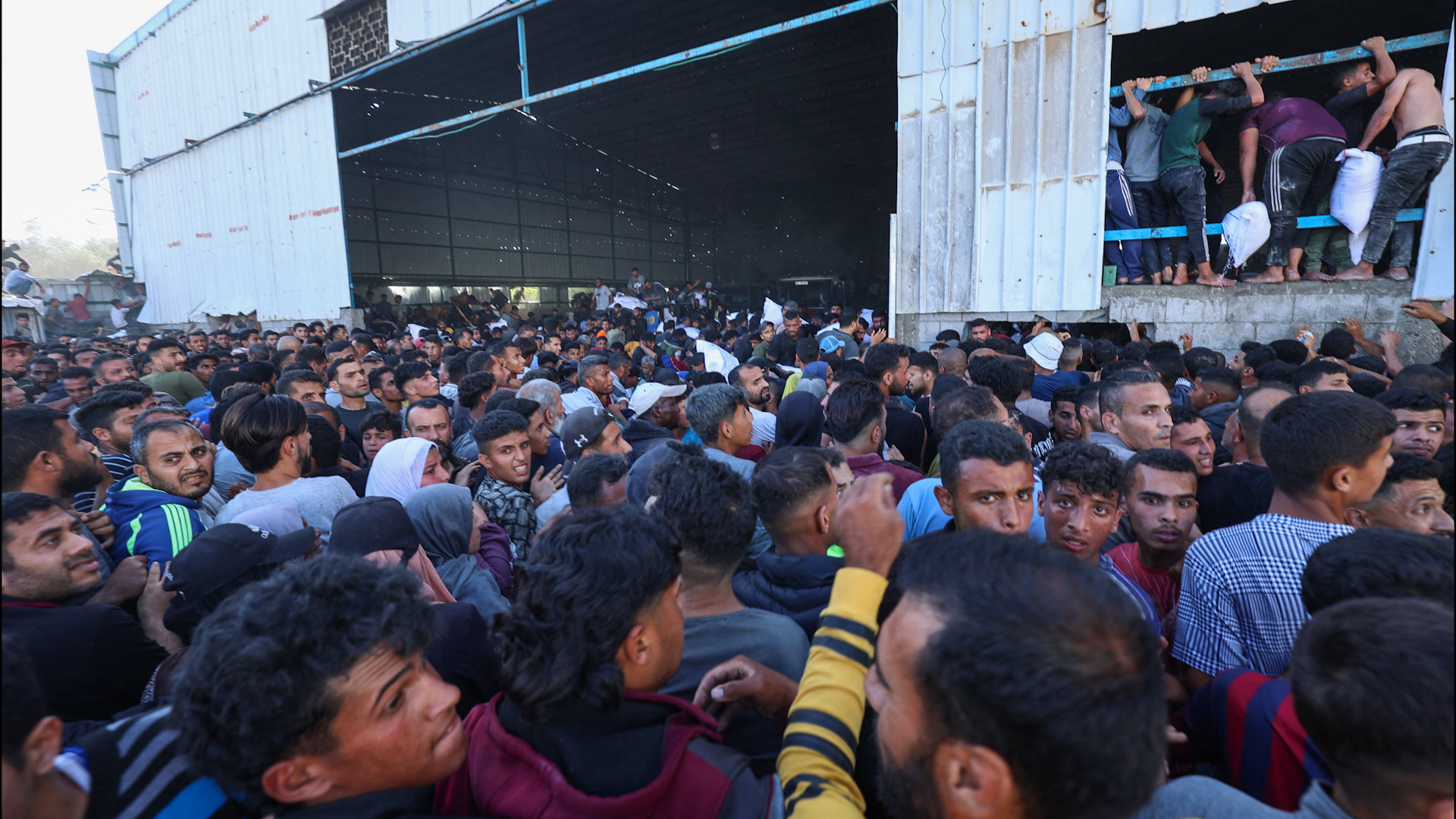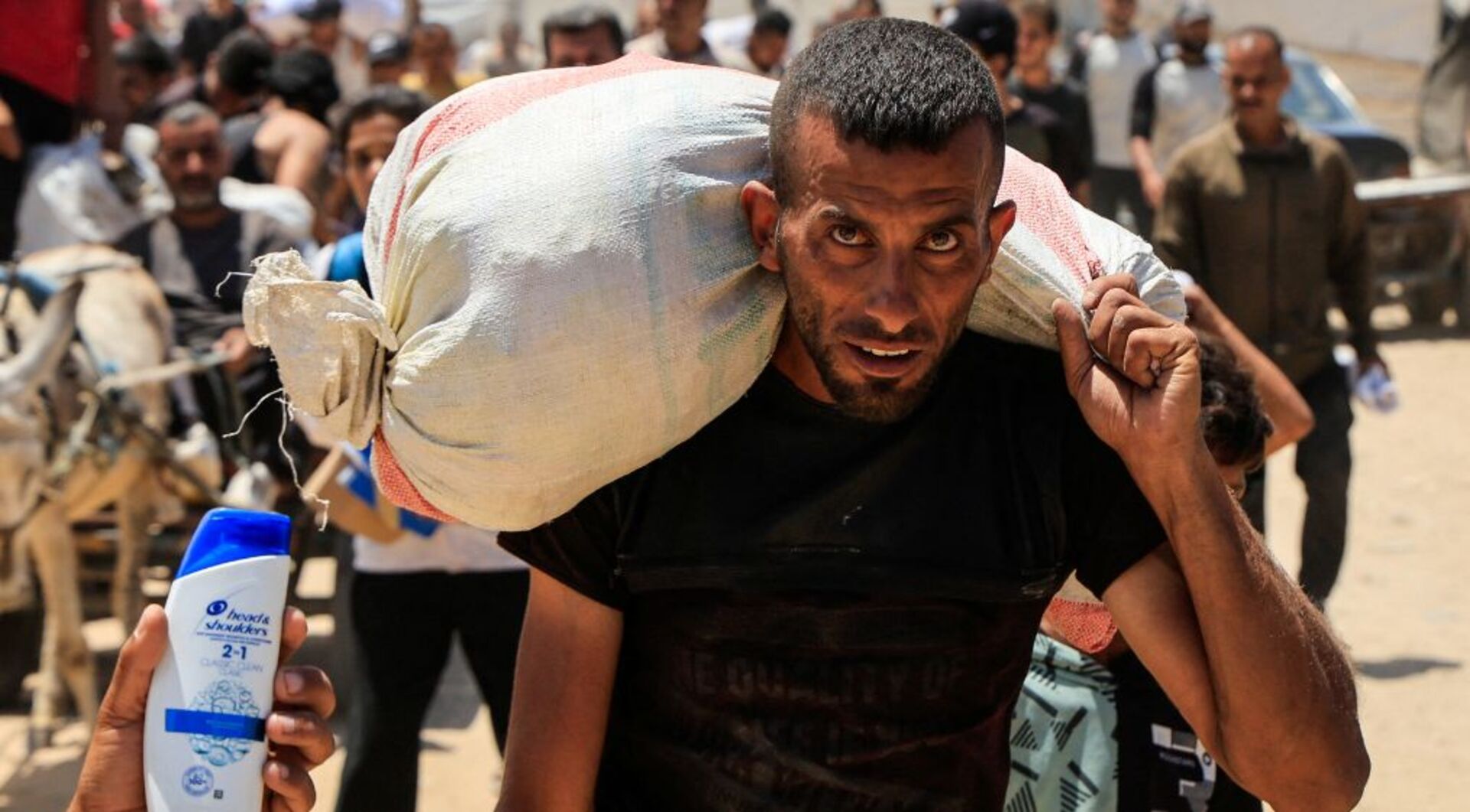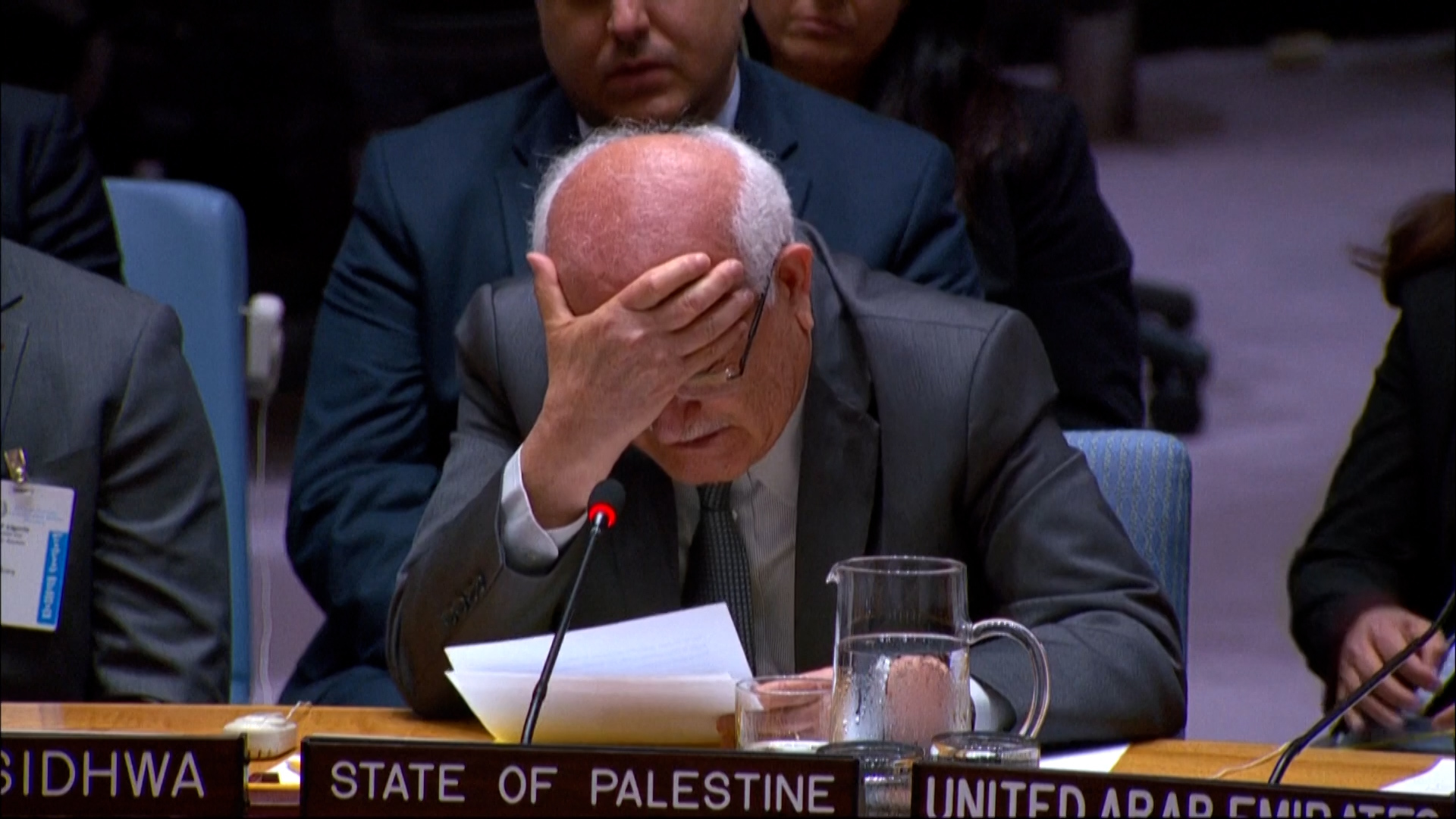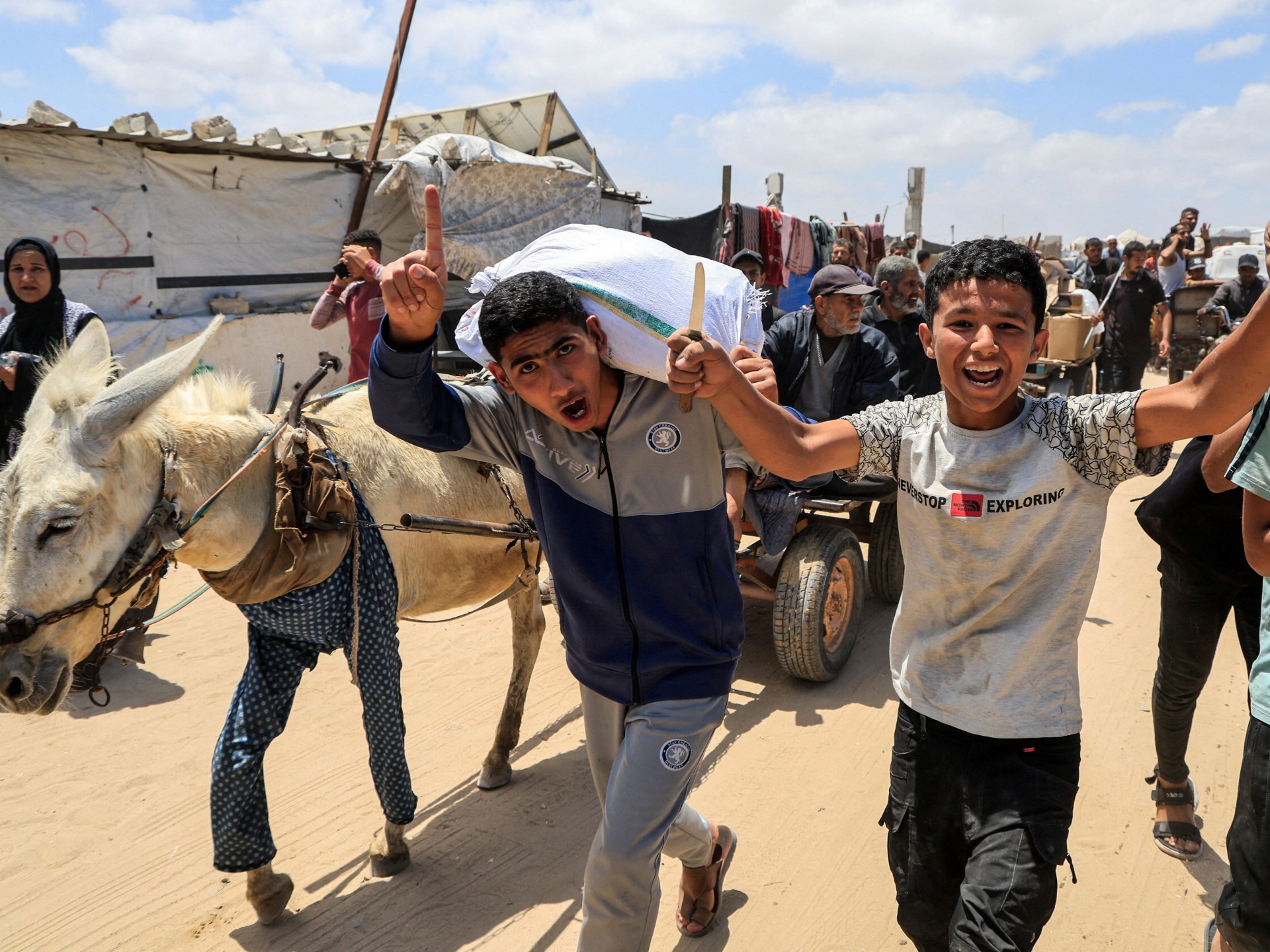Washington, DC – When the Heritage Foundation, a prominent right-wing think tank in the United States, released a playbook last year for how to destroy the Palestine solidarity movement, it did not garner much attention.
But more than eight months later, the policy document – known as Project Esther – now faces heightened scrutiny from activists and media outlets, in part because President Donald Trump appears to be following its blueprint.
The authors of Project Esther have presented their report as a set of recommendations for combating anti-Semitism, but critics say the document’s ultimate aim is to “poison” groups critical of Israel by painting them as Hamas associates.
Project Esther was created as a response to growing protests against the US support for Israel’s war on Gaza, which United Nations experts and rights groups have described as a genocide.
So, what is Project Esther, and how is it being applied against activists? Here is a look at the document and its ongoing implications for the US.
What is the Heritage Foundation?
The Heritage Foundation is an influential conservative think tank in Washington, DC, whose stated mission is to “formulate and promote public policies based on the principles of free enterprise, limited government, individual freedom, traditional American values, and a strong national defense”.
Yet, critics argue that Project Esther calls for government interference to curb individual freedoms, including the rights to free speech and association when it comes to opposing Israeli government policies.
According to a New York Times report published earlier this month, the project is overseen by Victoria Coates, a vice president at the Heritage Foundation who served as deputy national security adviser during Trump’s first term.
The Heritage Foundation is also behind Project 2025, which critics describe as an authoritarian playbook for the second Trump presidency.
Ahead of the elections last year, Democrats repeatedly invoked Project 2025 to criticise Trump, but the then-candidate distanced himself from the document.
What does Project Esther aim to achieve?
The initiative says that it aims to “dismantle the infrastructure that sustains” what it calls the “Hamas Support Network” within 24 months.
What is the ‘Hamas Support Network’, according to Project Esther?
The authors claim that groups engaged in advocacy for Palestinian rights are members of the Hamas Support Network (HSN).
They define the supposed network as “people and organizations that are both directly and indirectly involved in furthering Hamas’s cause in contravention of American values and to the detriment of American citizens and America’s national security interests”.
In short, the document alleges that the “pro-Palestinian movement” is “effectively a terrorist support network”.
Does the ‘Hamas Support Network’ exist?
No.
There is no such network in the US, which has stern laws against providing material support to groups designated as “terrorist organisations”, including Hamas.
Beth Miller – the political director at Jewish Voice for Peace (JVP), a group that the Heritage Foundation names as part of the network – called Project Esther’s allegations “outlandish”.
“It exposes the length of lies and of absurdity that they are going through to try to tear down the Palestinian rights movement,” Miller told Al Jazeera.
The Heritage Foundation did not respond to Al Jazeera’s request for comment.
How does Project Esther plan to take down the Palestinian rights movement?
The document calls for a multi-faceted campaign against supporters of Palestinian rights, targeting them legally, politically and financially.
The initiative outlines 19 goals that it labels as “desired effects”.
They include denying Palestinian rights supporters who are not US citizens access to universities, ensuring that social media platforms do not allow “anti-Semitic content”, and presenting evidence of “criminal activity” by Palestine advocates to the executive branch.
It also calls for refusing to grant permits for protests organised in support of Palestinian rights.
Project Esther suggests that Israel’s backers should conduct “legal, private research” into pro-Palestine groups to “uncover criminal wrongdoing” and undermine their credibility.
“We must wage lawfare,” it reads, referring to the tactic of using litigation to pressure opponents.
Is the Trump administration turning Project Esther recommendations into policy?
It appears to be the case.
“The phase we’re in now is starting to execute some of the lines of effort in terms of legislative, legal and financial penalties for what we consider to be material support for terrorism,” Coates told The New York Times.
Trump’s crackdown on college protests seems to align with what Project Esther is trying to achieve.
For example, the US administration has been revoking the visas of foreign students critical of Israel. This echoes a proposal in Project Esther, which calls for identifying students “in violation of student visa requirements”.
The Heritage Foundation also extensively cites Canary Mission – a website dedicated to doxxing and smearing pro-Palestine students – in its footnotes for Project Esther. The Trump administration is also suspected of relying on the website, along with other pro-Israel groups, to identify students for deportation.
In addition, Project Esther singles out the “Middle East/North Africa or Islamic studies” programmes as having professors who are “hostile to Israel”.
The Trump administration has been pressuring elite universities to revamp academic departments, including Middle East studies programmes, that it views as biased in favour of Palestinians. Columbia University, for instance, appointed a provost to review its programmes at Trump’s request, “starting immediately with the Middle East” department.
The White House did not respond to Al Jazeera’s request for comment.
What groups does Project Esther name as targets?
The initiative explicitly identifies several Arab, Muslim and progressive Jewish organisations as well as student groups as part of the so-called Hamas Support Network.
The initiative claims that “the network revolves around” American Muslims for Palestine (AMP), an educational and civic advocacy group.
Osama Abuirshaid, AMP’s executive director, said Project Esther points the finger at the group because it has “Muslim” in its name, playing on Islamophobic bigotry.
“American Muslims for Palestine is an easy target. Given the Islamophobic tendencies, it’s easy to assume guilt of American Muslims, Palestinians. That’s a name that sticks,” Abuirshaid told Al Jazeera.
He added that the group is also a target because it is effective and has a “solid constituency”.
“If they can cripple and bring down AMP, that will have a chilling effect within the movement. So they think, if they can bring us down, other organisations will stop working on Palestine solidarity,” Abuirshaid said.
Why focus on universities?
Tariq Kenney-Shawa, a US policy fellow at Al-Shabaka, a Palestinian think tank, said Project Esther targets universities because Israel is bleeding support among young people in the US.
“That’s why there’s such an overwhelming focus on universities and college campuses,” he told Al Jazeera’s The Take podcast.
Kenney-Shawa explained that support for Israel’s war on Gaza has been trending downwards across US demographics. But on college campuses, the change is more pronounced.
“While this change is absolutely across the political spectrum, it’s obviously a lot more acute in the left and among young Americans,” Kenney-Shawa said.
A recent poll from the Pew Research Center showed that 53 percent of US respondents had negative views of Israel, a number that rises to 71 percent among Democrats below the age of 50.
Is Project Esther working?
Advocates say that, in the immediate future, the crackdown on the Palestine solidarity movement threatens the safety and wellbeing of activists, especially foreign students. But it has also sparked a backlash.
“The extreme nature of these attacks has also emboldened people to defiantly continue to speak out in the face of these attacks,” JVP’s Miller said.
“And it has actually, in many cases, awoken people – who weren’t paying attention before – to the hypocrisy that has so long existed in the willingness to silence and censor Palestinian rights activists.”
Earlier in May, several right-wing lawmakers and Trump allies came out in opposition of a bill that aimed to expand restrictions on boycotts of Israel, citing free speech concerns.
Abuirshaid echoed Miller’s comments. He acknowledged that the media attacks, arrests and lawsuits against advocates and student protesters have been “distracting” from the mission of focusing on Palestine.
However, he added, “I’m going to be clear: It’s energising us to continue this fight.”



